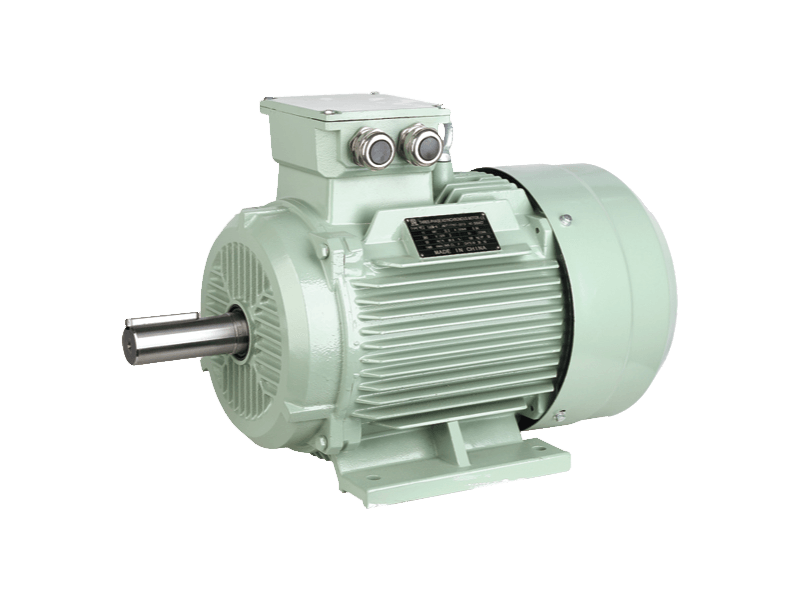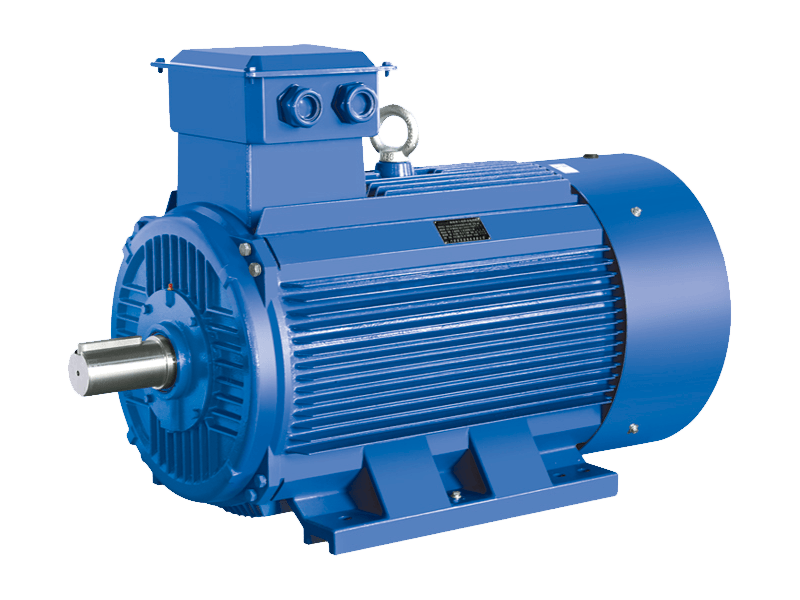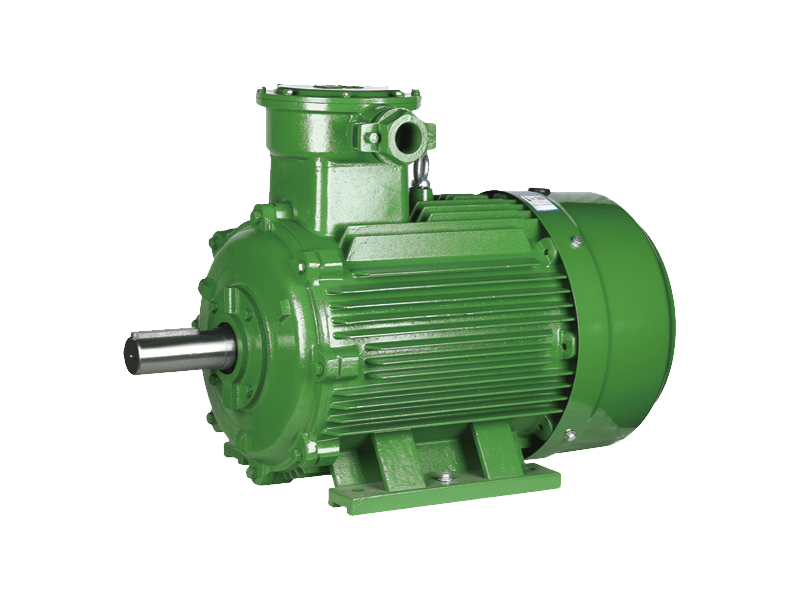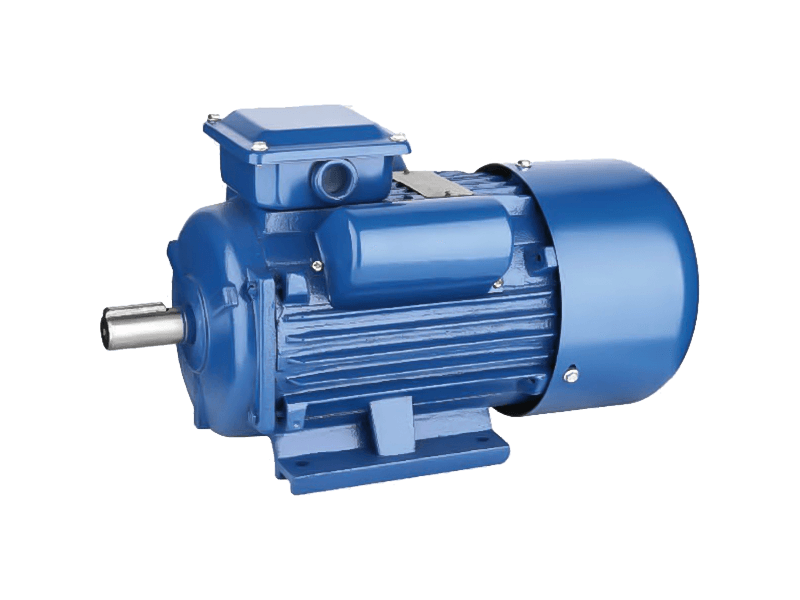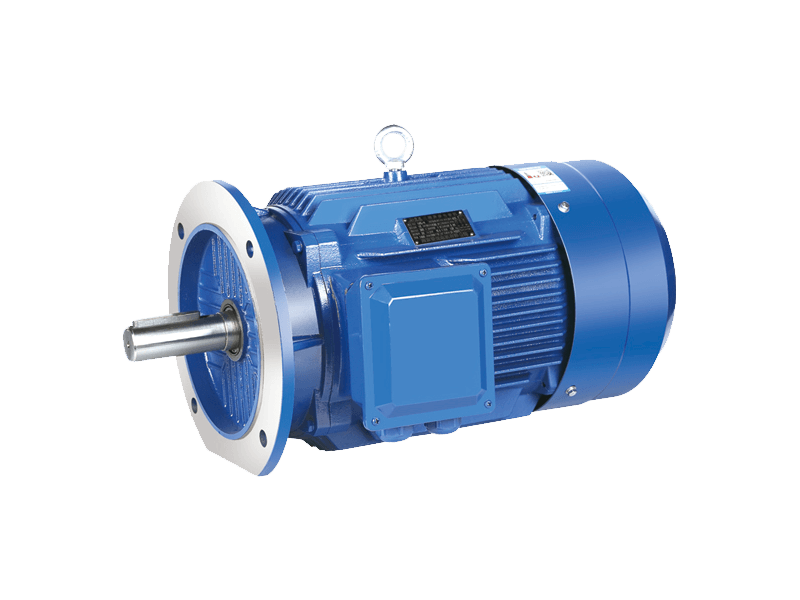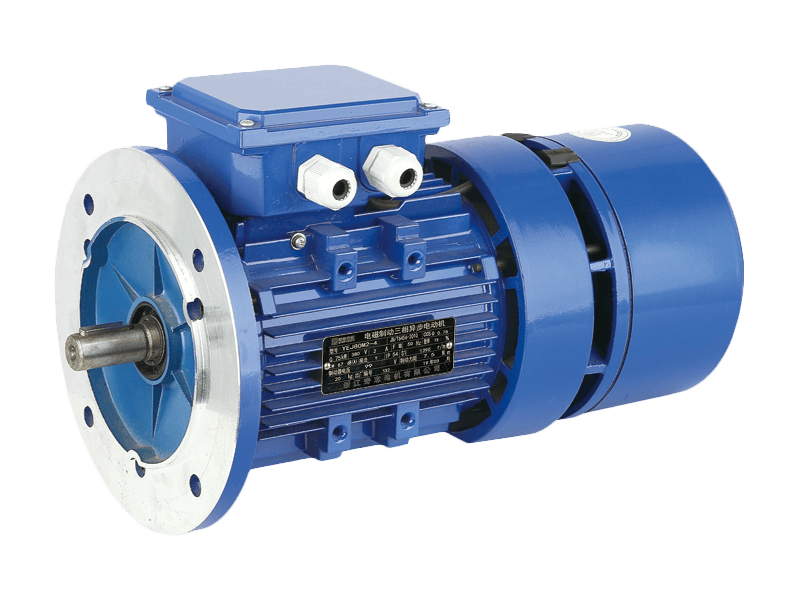Permanent magnet
DC motors use permanent magnets to provide magnetic fields without excitation coils or excitation currents. They have high efficiency and simple structure. They are good energy-saving motors. With the advent of high-performance permanent magnet materials and the rapid development of control technology, permanent magnet DC motors The application of electric motor will become more extensive.
The permanent magnet DC motor uses permanent magnets to provide a magnetic field, does not require excitation coils or excitation currents, has high efficiency and simple structure, and is a good energy-saving motor.

When the stator coil of the permanent magnet DC motor is supplied with alternating current, the corresponding winding is supplied with direct current to generate a corresponding rotating magnetic field, thereby generating electromagnetic torque. This torque is related to the strength of the rotating magnetic field and the distribution of the permanent magnets on the rotor.
When the motor runs normally, the rotor magnetic flux passes through the short-circuit ring, and current is generated in the corresponding winding to generate electromagnetic torque.
When the motor is energized, since the rotor winding is in a relatively static state, the current rotates in the rotor at a synchronous speed; when the motor is energized, it is attracted to the motor rotor under the action of the electromagnetic torque, and the direction of the load torque and the excitation current is different. , there is a potential electromagnetic torque.
There is an electromagnetic torque between the rotating magnetic field and the rotor winding, which is the basic principle of an asynchronous motor. If the above discussion can be combined, the system adopts the resistance value and working principle of the following figure.
After the power is turned on, the pole of the motor passes through the rotor winding under the action of the spring force. If the outlet end of the motor is in a closed state, the rotor bar is disconnected, and the shaft of the other winding is disconnected, forming a closed whole. When the motor is started, the rotor bar is disconnected, and when the motor is started, the starting torque and running current are large because of its small internal closed resistance. It is judged by measuring the resistance value of the motor winding end.


